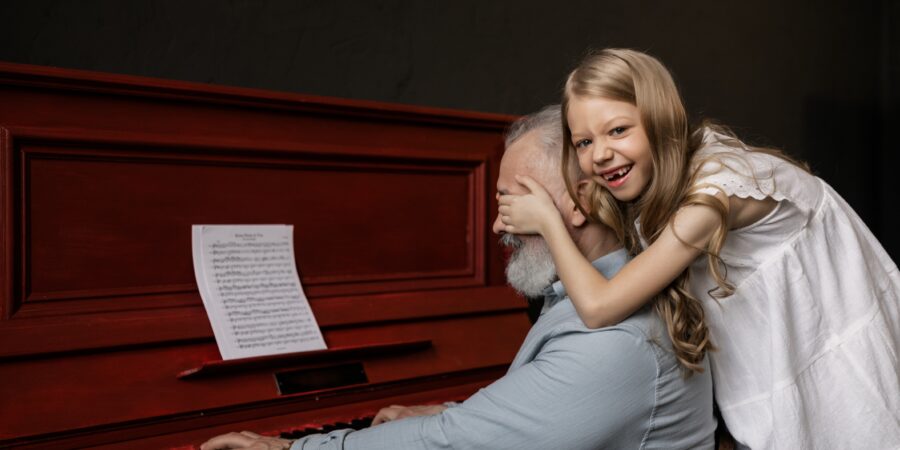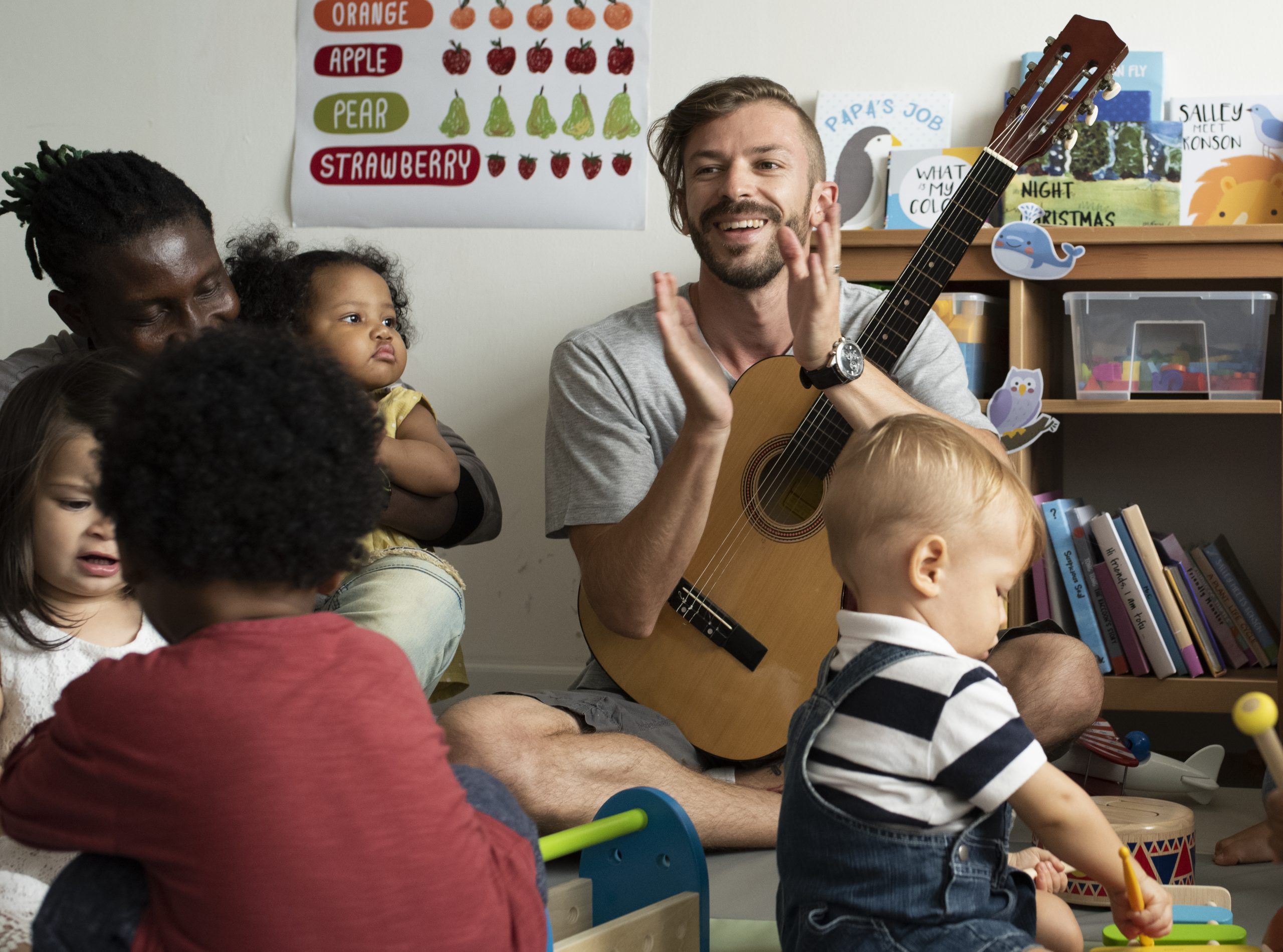
To play music
Play is the obvious word that goes with music. Play is also inevitably connected with childhood. If learning is put into this equation, it will also add up to the same outcome: the playful way is the right way. Throughout the last couple of centuries, pedagogical insights on playful learning have certainly opened up. There is no need to elaborate upon Rousseau, Pestalozzi or Froebel or more recent research into early childhood.
Play is always at the centre of preschool musical education. It’s effect on how to interpret regular (school) curricula cannot be put aside.
There is no doubt that the vast majority of music teachers has this built-in reflex that favors music’s playfulness. Still, education is always in need of a track record. It requires a lot of means and it is only fair that we keep count of how well they are spent. Those are obvious considerations that may however affect the playfulness that is so dear to us in music education for the youngest. Let’s have this music education for the youngest focus on really getting into music, on connections, on interacting and on the play itself. There are the most powerful instruments for every young, aspiring music lover. After all, music is life.
“Play is the purest and most spiritual product of the child, and at the same time it is a type and copy of human life at all stages and in all relations. So it induces joy, freedom contentment, inner and outer repose, peace with all the world. From it flows all good.”
(Froebel 2013)
Interacting
Pedagogical insights that focus on music education show some definite research results that are important for learning experiences with young children. Research in recent years has shown that awareness of this learning process should definitely include the idea that musical learning and cultural relevance and adaptability are crucial for musical development. Music education’s mobility is an asset, in terms of individual development. Music’s chameleon-like cultural heritage at the same time being an inspiring challenge. (Andang’o 2009)
“Play, as well as learning, are natural components of children’s everyday lives. When children are asked what they like to do best, the answers are unanimous: to play. On the other hand, education for children is, on the whole, organised to promote learning rather than play. However, while school is traditionally seen as a place of learning and not of play, preschool is more often associated with play rather than learning, from the child’s perspective”
(Pramling, Klerfelt, en Williams Graneld 1995)
Play is of course often seen mainly as kids’ territory. It is their playing time, their playing ground, et cetera. Once learning is involved, adults’ step into the game. The game of learning is now to be taken seriously. This division involves a change of time, space, rules and above all, experiencing this “new game”. It takes a childhood to learn how not to play all the time. It takes a lifetime to learn how not to forget to play…
Mix takes pedagogy seriously and equally wants to outline that the game of learning should be taken seriously, without neglecting the fun aspect. In music education, creativity is the name of the game!
Andang’o, Elizabeth A. 2009. ‘Synchronising Pedagogy and Musical Experiences in Early Childhood: Addressing Challenges in Preschool Music Education in Kenya’. Early Child Development and Care 179(6): 807–21.
HardPress. 2013. Froebel’s Chief Writings on Education. HardPress Publishing. https://books.google.be/books?id=9y9hmwEACAAJ.
Pramling, Ingrid, Anna Klerfelt, en Pia Williams Graneld. 1995. ‘“ Först var det roligt, se’n blev det tråkigt och se’n vande man sig-”: barns möte med skolans värld’.





